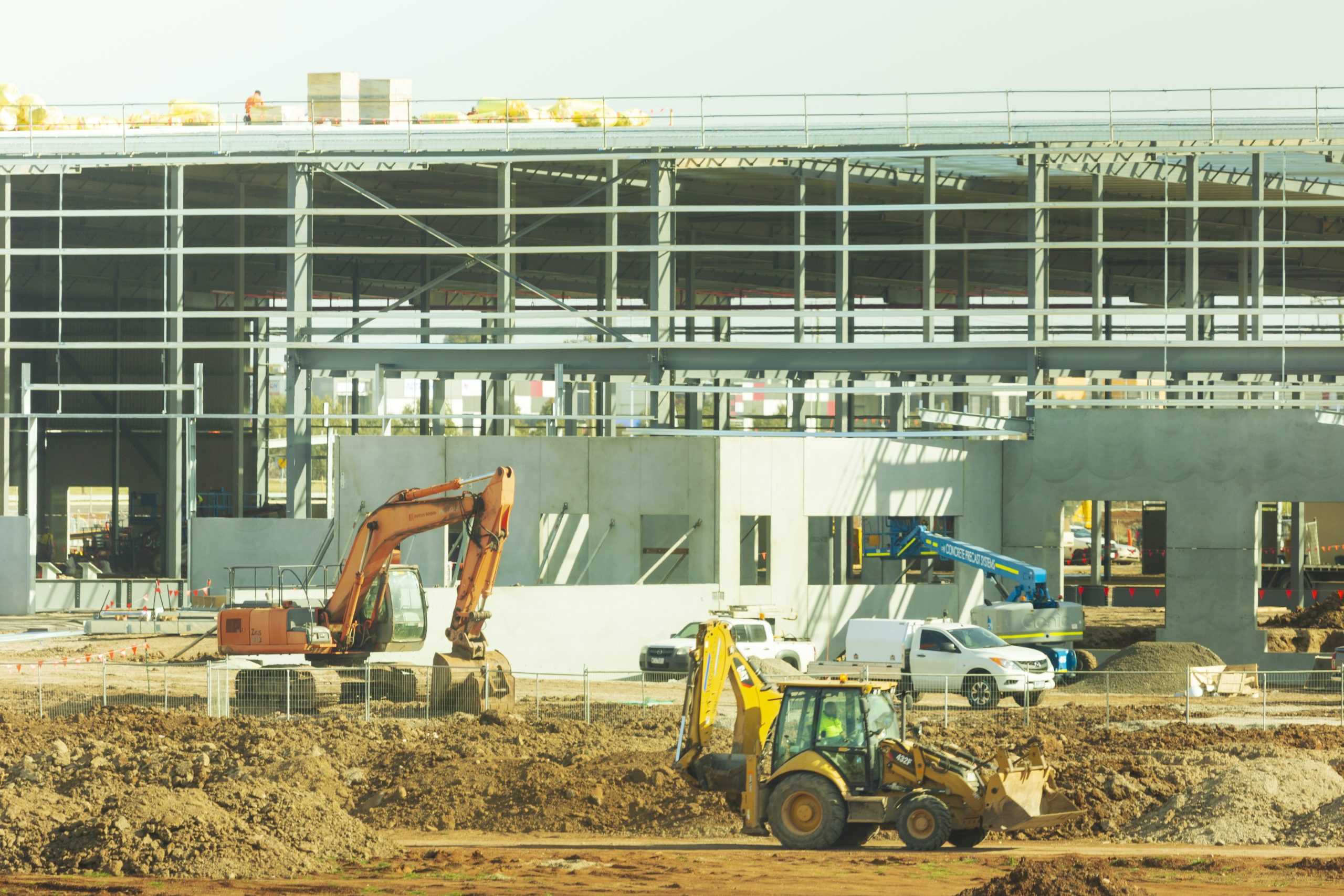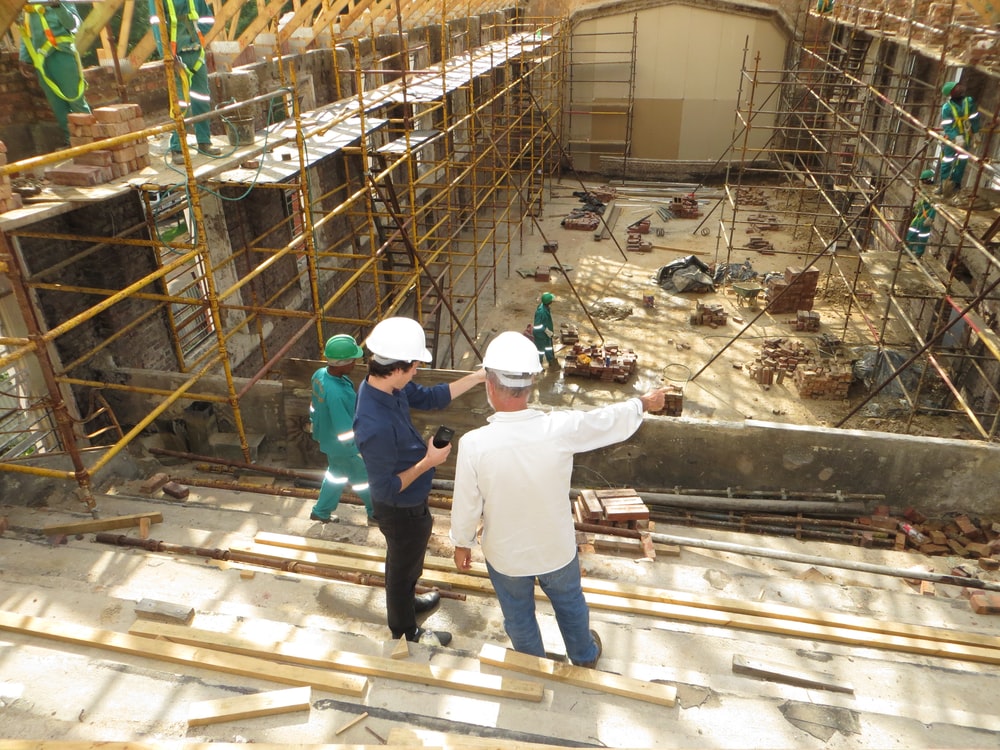
Work Permits In Construction
Electronic permits to work in construction are becoming more and more popular.
Permits to work are essential in a range of industries, but especially those which have multiple sites. Construction companies are synonymous with ‘multiple sites’, so it’s no surprise that business owners in this space are learning about ePTW.
While the traditional permit to work model was paper-based, you often hear the term e-permit to work or ePTW now. This is because as technology has advanced, so has the way that businesses issue permits to work has gone digital. That means bye bye paper and hello software like Beakon that issues and manages permits to work.
But first, here’s 5 things you might not know about permits to work in construction.

A Permit To Work In Construction Can (And Should) Be Site Specific
Most businesses issue permits to work based on the role, not the site. This can be a huge error, and best practice in construction is to alter your permits to work based on the specific challenges of that site.
Why? Because there are often specific risks that are associated with a certain location or project, and this needs to be covered off in the permit. Permits should ensure that work can be completed safely, so making them site specific is the best way forward
Permits To Work Don’t Need To Just Be For High Risk Tasks
Often permits to work will be put in place for tasks where there is a high risk to safety. This might be where people are working at height, working with restricted access or working with contamination or biological hazards. This is a great use of permits to work in construction, and should be carried out as a priority.
But don’t let that lull you into a false sense of security – businesses shouldn’t issue permits to work ONLY for high risk tasks. Any task that involves a risk, however small, can require a permit to work and if you want to get your safety procedures in order, the more permits to work you can create the better.
Understanding who is carrying out tasks that involve risks, and having a record of their qualification can only be of benefit to a construction business.

Contractors Need Permits Too
Many people don’t know that contractors must have permits to work too. This is where ePTW can come in really handy, as they can collate data from people who aren’t part of your company. Having their information on file is an obligation as part of WHS.
Often contractors movements can be harder to manage – so having their permits to work on file is essential. There is nothing worse than a contractor turning up for a job and realising that they don’t have any of the required paperwork. But with an e-permit to work, construction contractors are able to pull up their permit on their mobile.
Roof Access Is One Of The Biggest Risks In Construction
Falling from height, namely a roof, is one of the biggest risks to construction workers. SafeWork Australia found that over the eight-year period from 1 July 2003 to 30 June 2011, 232 workers were killed following a fall from a height. This amounted to 11% of all workers killed over this period.
The risk of falling from the roof is higher than you might think. But because falling seems like a simple risk, often people underestimate how deadly it can be. Contractors and employees often think that they’re qualified to get up on a roof, when they’re not.
Permits to work in construction help to reduce the risk of falling from a roof, taking into account things like the person’s experience with roofs, the weather conditions they’re able to work in and the safety of the roof in question.

Construction Managers Should Look At Historical Records
While managing permits to work in construction is often done in real-time with the benefit of technology, managers should regularly audit records. With an online software system, team managers can regularly go back over historical permits to work data and look at who was on site, what work they carried out and whether they had the permits in place to do that work.
You can’t turn back the hands of time if someone has worked without a permit, but you can look at how it happened and try to minimise errors in the future.
Managing permits to work in construction
Are you looking to manage your permits to work in a more effective way? Discover why a more effective permit to work solution is required for any construction site in our handy article.
Alternatively, you can get in touch today to start a free trial and see how much easier life is with a seamless permit-to-work solution that takes the hassle out of issuing work permits in construction.

